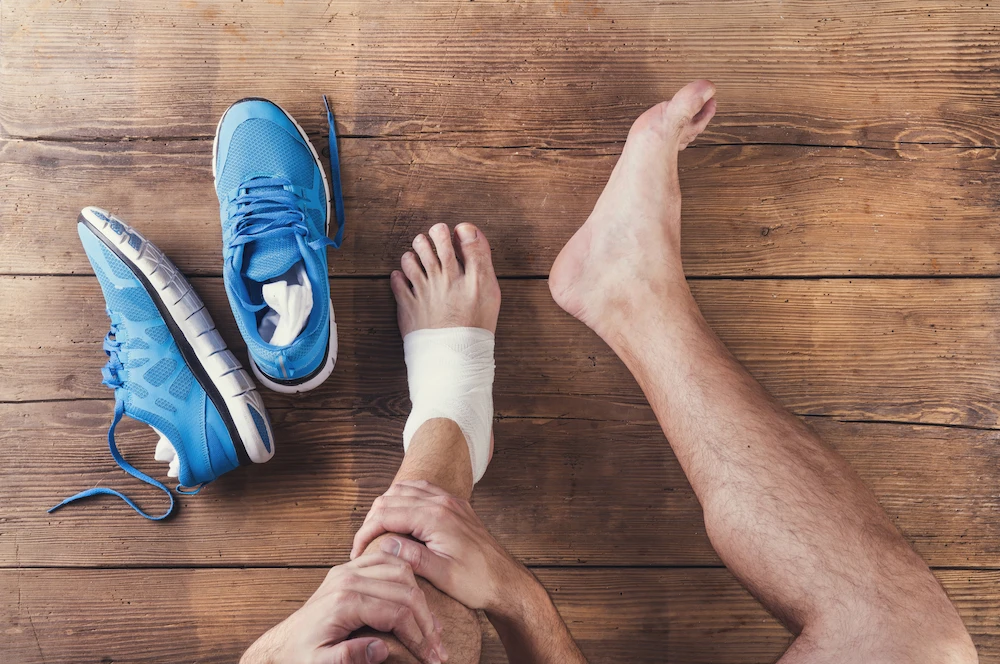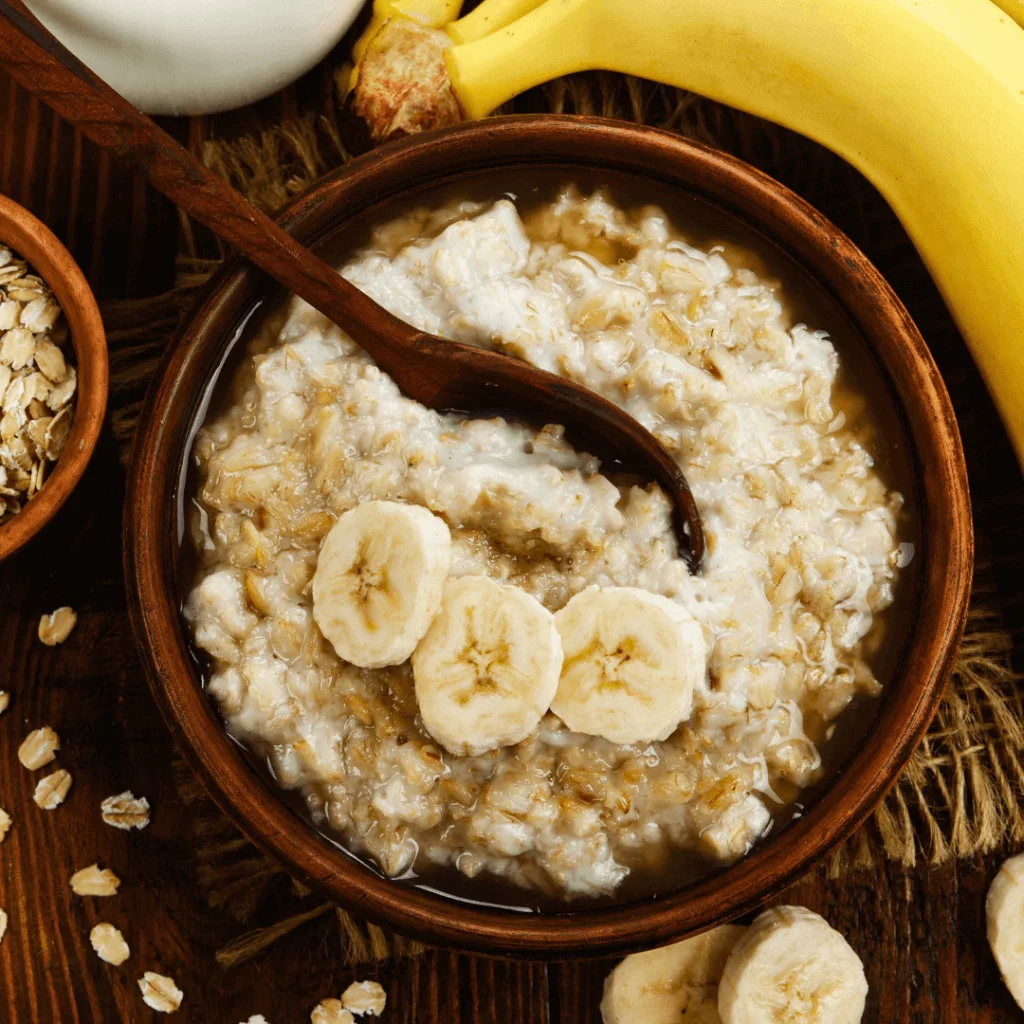
Running
10 Common Running Injuries and Their Causes
Running is a popular form of exercise, but it can also lead to various injuries.
Understanding the nature of these running injuries and their causes can help you avoid them.
In this blog, we explore the impact of running on the body, why running injuries occur, and discuss the symptoms and causes of ten common running injuries.
1 min read
What Causes Running Injuries?
Running is a high-impact activity that places stress on your bones, muscles, tendons, and ligaments. In most cases, this is positive as the weight-bearing activity promotes increased bone density, stronger muscles and more resilient connective tissue (tendon and ligaments).
However, when the body is exposed to repetitive stress without enough rest and recovery, injuries can occur.
Injuries can also happen due to excess body weight, biomechanical imbalances, inadequate footwear, overexertion or overtraining, or training errors.
The most common running-related injuries affect the soft tissue (Muscle, Tendon, Ligament). Soft tissue running injuries often occur due to overuse or sudden trauma (e.g. twisting an ankle).
The repetitive nature of running predisposes people to develop overuse injuries. Overuse injuries occur when repetitive stress is placed on muscles, tendons, or ligaments without adequate recovery time. Common areas affected include knees, shins, ankles, and feet. Symptoms range from mild pain to severe discomfort.
This can be exacerbated by increasing mileage or intensity too rapidly. Incorrect running form, such as excessive pronation or supination, uneven gait, or poor foot strike, can also contribute to soft tissue problems.
10 Common Running Injuries
Runner's knee, shin splints and blisters are among the most common running injuries. By understanding their symptoms and causes, you can take proactive measures to prevent and manage these injuries.
-
Runner's Knee
Runner's knee, also known as patellofemoral pain syndrome (PFPS), is characterised by pain around or behind the kneecap. The causes of this condition include overuse, muscle imbalances, improper running form, and inadequate footwear.
-
Achilles Tendinopathy
Achilles tendinopathy causes pain and inflammation in the Achilles tendon, which connects the calf muscles to the heel bone. This injury often develops from repetitive stress, poor running mechanics, sudden increases in training intensity or volume, and inadequate stretching.
-
Plantar Fasciitis
Plantar fasciitis is a condition characterised by pain and inflammation in the band of tissue that connects the heel bone to the toes. Running on hard surfaces, inadequate foot support, improper running shoes, and tight calf muscles can contribute to the development of plantar fasciitis.
-
Shin Splints
Shin splints cause pain along the shinbone, or tibia, due to inflammation of the muscles, tendons, and bone tissue in the area. This injury often results from overpronation, inadequate footwear, running on hard surfaces, and excessive training volume.
-
Iliotibial Band Syndrome
Iliotibial band syndrome occurs when the iliotibial band, a thick band of tissue on the outside of the thigh, becomes irritated or inflamed. Running on uneven surfaces, muscle imbalances, and improper footwear can contribute to this injury.
-
Ankle Sprain
Ankle sprains occur when the ligaments surrounding the ankle joint are stretched or torn. Running on uneven surfaces, poor balance, weak muscles, and ankle instability are common causes of ankle sprains in runners.
-
Muscle Strain
Muscle strains are partial tears or overstretching of the muscles. This injury can result from inadequate warm-up, sudden bursts of speed, muscle imbalances, and fatigue during running.
-
Blisters
Blisters are fluid-filled pockets that develop on the skin, often caused by friction. Running with poorly fitting shoes and excessive moisture can lead to blister formation.
-
Patellar Tendinopathy
Patellar tendinopathy, also known as jumper's knee, causes pain around the kneecap. Repetitive stress on the patellar tendon from running, weak thigh muscles, and tight hamstrings are common factors contributing to this injury.
-
Stress Fracture
Stress fractures are small cracks in the bones, commonly found in the lower legs and feet of runners. The repetitive impact of running, inadequate bone strength, sudden increases in training load, and insufficient rest can increase the risk of stress fractures.
Running injuries can be frustrating and debilitating for runners of all levels. However, with proper knowledge and precautions, many of these injuries can be prevented or effectively managed. Additionally, incorporating strength training, stretching exercises, and proper rest into a training regimen can help reduce the risk of developing running injuries.
Running injuries are not exclusive to seasoned runners. Beginners who are just starting their running journey should also be aware of the potential risks and take appropriate measures to prevent injuries. Gradual progression, proper footwear, and seeking guidance from experienced runners or coaches can greatly contribute to a safe and enjoyable running experience.
Preventing Running Injuries
While running injuries can be frustrating, there are several steps you can take to minimise the risk.
-
Running Gear
Investing in decent running shoes that provide adequate cushioning, stability, and support is crucial. Wearing moisture-wicking clothing and using protective gear such as compression sleeves can also help prevent injuries.
Selecting the right running gear goes beyond just shoes and clothing. Accessories such as a good quality sports watch to monitor your pace and heart rate, as well as a comfortable hydration belt for longer runs, can enhance your overall running experience and contribute to injury prevention. -
Regular Blood Testing
Regular blood testing for runners not only helps to improve performance, but it can also help to prevent injuries by checking what’s going on with key markers related to overtraining and nutrition.
"Some people perceive overtraining to be a problem reserved for professional athletes, but the additional stresses of training around a busy work/home life schedule can mean that even weekend warriors are not immune from inadequate recovery and the risks of overtraining.
Observationally, Prolactin is a really sensitive marker to training load, sleep and recovery and we see significant variation in levels when training load changes.
Other markers to consider are those recovery markers such as hs-CRP, Cortisol, Hormone levels and micro-nutrient (Ferritin, B12, Vitamin D)."
Dr Thom Philips - Head of Clinical Services -
Warm-ups and Cool-downs
Before starting a run, it’s a good idea to perform dynamic warm-up exercises to increase blood flow, warm the muscles, and improve flexibility.
After a run, a cool-down routine that includes stretches and foam rolling can help reduce muscle tightness and prevent post-run soreness. -
Running Techniques
Having proper running form and technique is important for injury prevention. Maintaining an upright posture, engaging the core muscles, leaning slightly forward, and avoiding overstriding can help reduce the risk of running-related injuries.
Runners should also consider cross-training activities such as cycling or swimming to build overall strength and prevent muscle imbalances that can lead to injuries.
Scheduling regular rest days in your training plan is vital to allow your body to recover and reduce the risk of overuse injuries.
By understanding the nature of running injuries, recognising their symptoms and causes, and implementing prevention strategies, runners can continue to enjoy the many benefits of this exhilarating form of exercise while minimising the risk of injury.
Blood test for
Runners
Male & Female Tests
sports doctor review
Results in 2 working days
Flexible subscription
Read Next...
Get expert advice to help you improve your results.
Go to our knowledge centerGet 10% off your first order
Want regular tips on how to make the most of your results? Join our newsletter and we'll give you 10% off your order!



